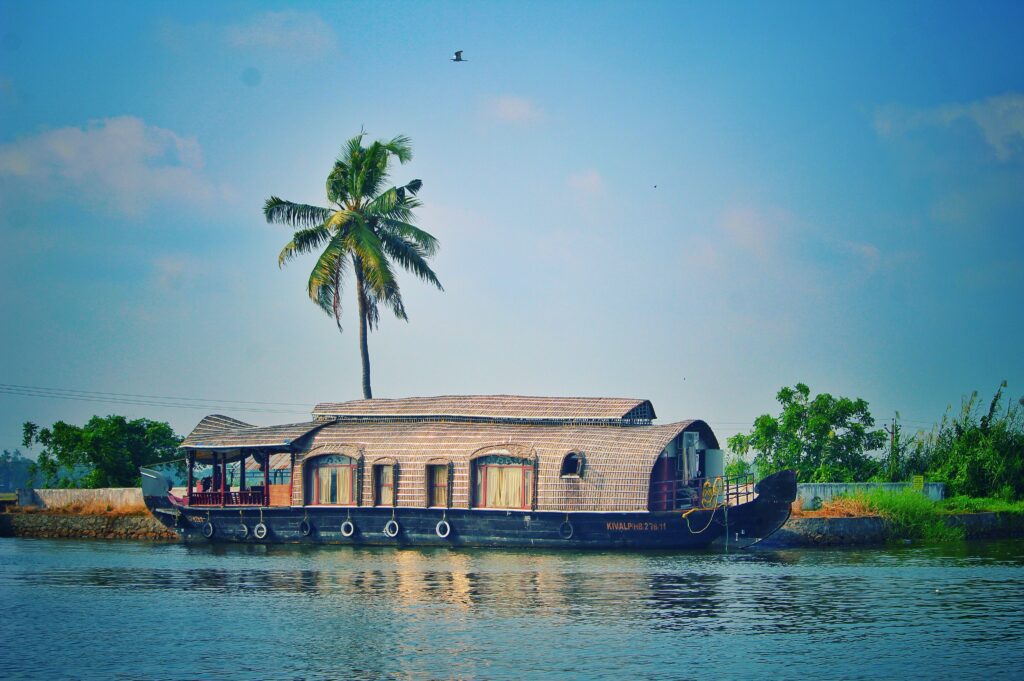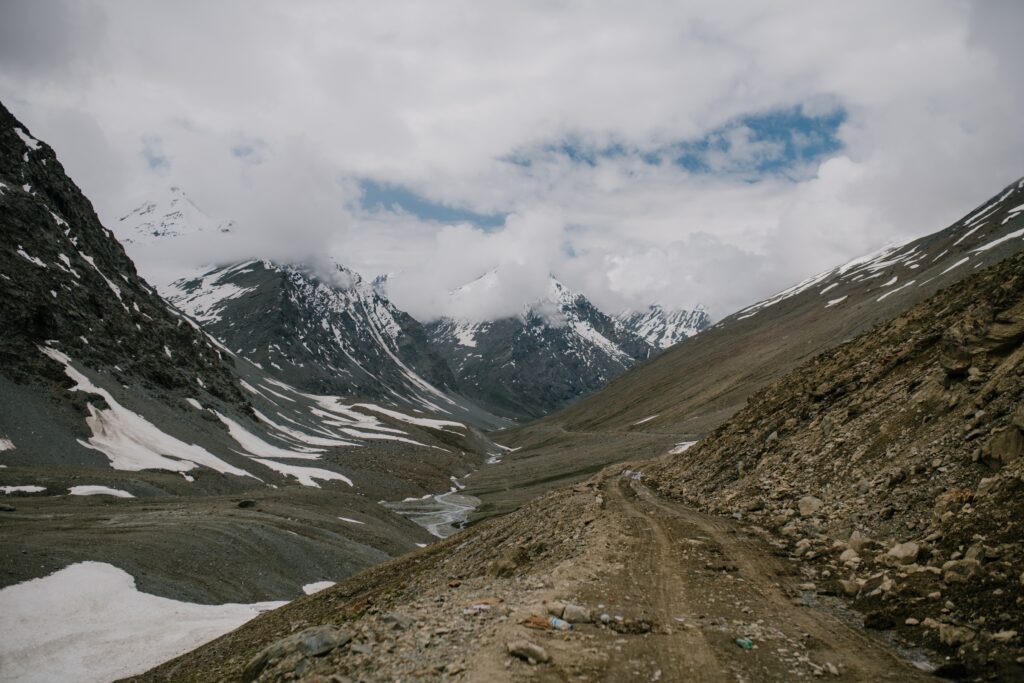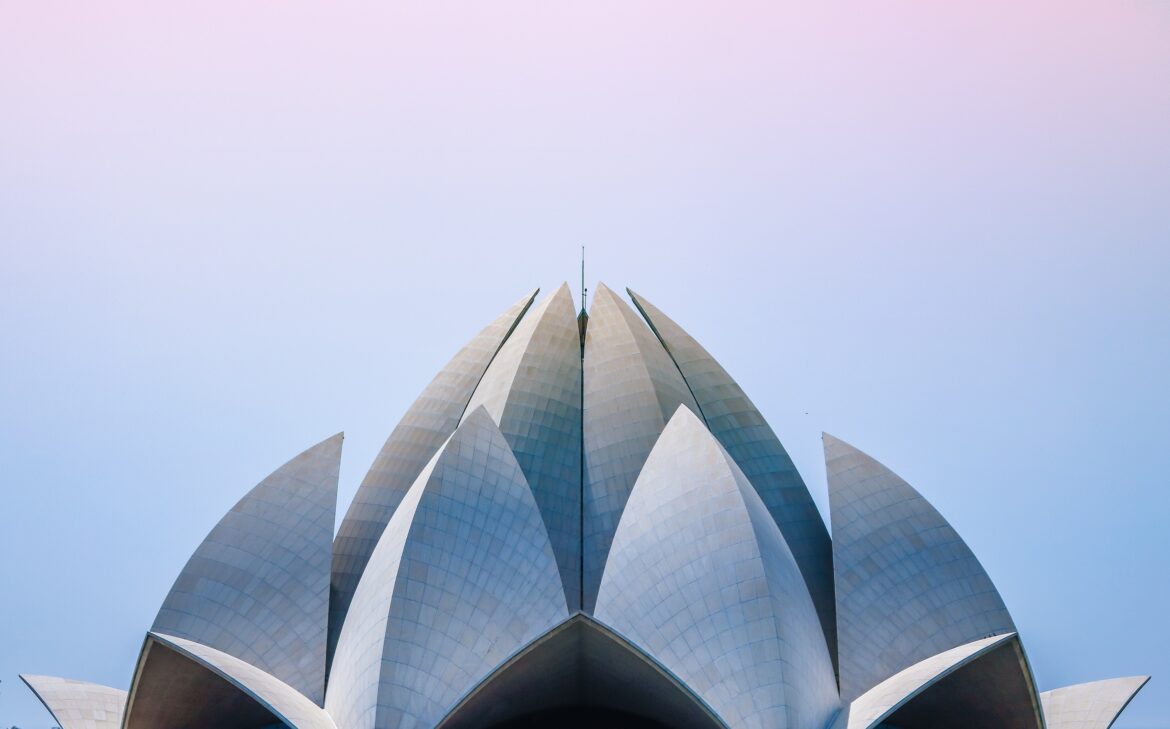Over the past ten years, India’s tourism industry has experienced spectacular growth. One of the factors is that the Indian Ministry of Tourism has come to understand the enormous potential of tourism in India during the summer. Travel to India is flourishing, with a massive influx of visitors from all over the world attracted by the country’s magnificent natural beauty and rich cultural legacy.
Every tourist’s heart is captivated by India’s misty hill stations, alluring beaches, historical sites, golden deserts, peaceful backwaters, pilgrimage sites, abundant wildlife, and vibrant festivities. Additionally, various festivals, lively markets, a dynamic way of life, and traditional Indian hospitality will make your trip to India unforgettable. With the help of our India travel guide, you can get a taste of the country’s travel and tourism industry. You can learn about the south and north Indian travel and the country’s top tourist attractions and services.

- Rajasthan
Rajasthan is home to the Thar Desert and borders Pakistan in northwest India. Rajasthan has some of the top tourist destinations in India, whether you’re interested in Rajput history or panoramas of the Aravalli Mountains. The capital of Rajasthan is Jaipur, often known as Pink City, and it is a fantastic site to start your journey.
Three forts, numerous temples, and the magnificent City Palace are just a few examples of fantastic architecture. Jodhpur, the so-called Blue City, the entryway to the Thar Desert, and the location of the magnificent Mehrangarh Fort, is also in Rajasthan and well worth a visit.

2. Agra
One of India’s busiest cities is Agra. The Taj Mahal, a well-known masterpiece, is located in Agra, which served as the Mughal Empire’s former capital. The white marble monument, constructed in the 17th century, is regarded as a shrine to love.
With its incredible beauty, the Taj Majal is frequently very crowded. The Agra Fort, which is remarkably comparable to the Red Fort of Delhi, is another attraction worth viewing in Agra. Explore this fort from the 16th century, and you can even go inside its lovely palace.

3. Kerala
Kerala, an Indian state in the southwest, is known for its tropical beauty. The area is worthwhile because of coconut palms, white sand beaches, and ecotourism. Kerala is well known for its beautiful houseboats, religious festivals, and canals. It also has Thekkady, a tiger preserves where you can see flora and fauna without being surrounded by people.
The capital of Kerala, Kochi, is home to a strong fishing community, contemporary skyscrapers, and colonial buildings. Due to the ethnic and religious diversity of the city, it is possible to see a Jewish temple, a Dutch home, the Portuguese Pallipuram Fort, and the Hindu Thrikkakara Temple all in the course of a single afternoon in Kochi.

4. Varanasi
Varanasi is the oldest city and has a more than 3,000-year history. A sizeable educational hub and important Hindu pilgrimage site, Varanasi is a city in North India on the banks of the Ganges River.
Hindus, Jains, and Buddhists hold Varanasi in high regard as a sacred location. Since it is believed that dying here remove one’s soul from the cycle of reincarnation, and taking a bath in the Ganges wipes one of their sins.
Varanasi offers activities and scenery that are incomparable anywhere else in the world. Because there are so many temples, it is known as the “City of Temples.” Some of the most significant include the Durga Temple, the Sankat Mochan Hanuman Temple, and the Shiva temple Kashi Vishwanath, which is also known for keeping many monkeys.
The ghats, a set of stairs on a dam that descend to the Ganges River and are popular bathing spots, are the most well-known attractions in the city. Dashashwamedh Ghat is the busiest and oldest ghat. The Manikarnika Ghat, a burning ghat, is where Hindu burial rites and death anniversary celebrations occur. On-site services are also available, including yoga, massages, and shaving.

5. Ajanta and Ellora Caves
Both Ellora and Ajanta caves are in the Indian state of Maharashtra. A massive complex of shrines carved out of the rocky terrain may be found in Ellora. These 34 cave shrines, which existed up to 1,500 years ago, represent three different religions: Jainism, Buddhism, and Hinduism.
Ajanta, which has 29 caverns and is two hours away, is also nearby. Most murals and paintings embellish the Ajanta caves, depicting Buddhist tales. Even though the two cave complexes are two hours apart, they are worth traveling to both to compare these spectacular sights.

6. Delhi
You will likely travel to Delhi, the nation’s capital, if you spend any time in Northern India. The substantial, vast territory is home to several districts and is one of the oldest cities in the world. The Red Fort, also known as Lal Qila, was constructed in the 17th century and is one of Delhi’s most popular attractions.
The Red Fort is composed of sandstone, and you can access it through the Lahore Gate, the bazaar, the jewel palace, and even the former sultan’s apartment. You should schedule some time in Delhi to visit the numerous temples and museums that dot the city.

7. Goa
Goa, a former Portuguese colony on India’s western coast, combines Portuguese colonial culture with Indian culture and attracts many foreign tourists. The beautiful beaches in Goa are a big part of why people travel there.
The busiest and most well-known is Candolim Beach, where tourists worldwide assemble to enjoy the sun. In comparison, there are a lot fewer people on Anjuna Beach. Additionally, it is a beautiful location to stroll to Chapora Fort and take the sandy shoreline from a different angle.
With its natural harbor and steep headlands on either side, Palolem is one of Goa’s most stunning beaches. Goa is a well-liked location for thrill-seekers, and sunbathers will find a wide range.

8. Ladakh
The hilly region of Ladakh is in the most northern part of India, in the hotly contested Kashmir region. Despite its size and low population density, this area is home to many nomadic people. Although the area is known for its breathtaking, unspoiled nature, almost all visitors usually spend time in the town of Leh.
The town is very high, and the Palace of the King of Ladakh, built in the 17th century, is also there. You can visit some of the numerous Buddhist temples and monasteries in the Old Town of Leh since Buddhism is also a significant part of the local culture.

9. Amritsar
Amritsar, a sacred city and the Sikh religion’s holiest city, is located in the northern state of Punjab. The Golden Temple, often referred to as the Harmandir Sahib, draws most people to Amritsar. This temple, constructed over 400 years ago and a golden temple, is constantly crowded with Sikhs traveling there from across India and the rest of the world.
Regardless of your religion, you are welcome to visit the Golden Temple, but you must dress respectfully by covering your head and taking off your shoes. Admire the Amrit Sarovar, a pool encircling the temple where devotees wash their feet, as you enter the temple through the main entrance, the Ghanta Ghar.

10. Mysore
You can find the city of Mysore at the southernmost point of India. The magnificent Mysore Palace is the most prominent feature in Mysore, formerly the family seat of the Wodeyars. A palace tour will reveal opulent features like ivory-decorated ceilings, carved rosewood doors, and numerous paintings on the walls. The castle is the definition of richness.
If you are in Mysore, you should take advantage of the fabulous Devaraja Market, an outdoor attraction on Dhanwanthri Road. You may purchase chai tea and then peruse kiosks selling food or sandalwood carvings.

India is truly a land full of wonders; from ancient monuments and temples to modern cities dotted with skyscrapers – it has something for everyone! If you’re planning a trip anytime soon, then be sure not to forget these top 10 places when visiting India: Jaipur (the Pink City), Agra (home of The Taj Mahal), Kerala (God’s Own Country), Goa (Beach Capital Of India) plus Mumbai (the bustling metropolis), Udaipur (the romantic city), Ranthambore National Park (for wildlife spotting), Varanasi (India’s spiritual capital), Hampi & Badami (famous historical sites) along with Amritsar & Golden Temple (for religious exploration). Bon, voyage!

